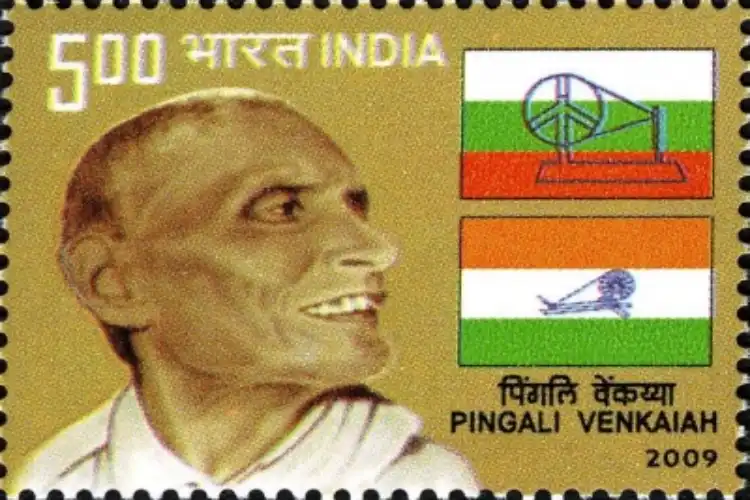
New Delhi
The notorious Boer War fought in South Africa from 1899-1902 had two Indians leave their imprint. One was Mohandas Karamchand Gandhi, leader of the Natal Indian Ambulance Corps, who hoped, mistakenly, to gain British sympathy for Indians living in South Africa
The second Indian was a young Pingali Venkaiah. He was a soldier in the British Army sent to South Africa to fight in the war.
Hindustan Meri Jaan; India at 75
During the war Pingali was impressed by the sense of nationhood the Union Jack inspired among British soldiers.
The flag rituals followed by the British soldiers during their morning and evening routines stayed in his mind. Upon his return to India, he spent many years designing a flag that represented the country's ethos and national aspirations.
Venkaiah's design inspired the Congress flag during the freedom struggle, and thereafter, the Tricolour.
He was born on August 2, 1876, at Bhatlapenumarru, close to present-day Machilipatnam town in Andhra Pradesh.
Venkayya was a farmer, a geologist, a lecturer at the Andhra National College in Machilipatnam, and fluent in Japanese.
Despite these diversions, he did not lose sight of his ambition to design a national flag for India. In 1916, he published a booklet titled 'A National Flag for India'. It not only surveyed the flags of other nations but also offered 30-odd designs of what could develop into the Indian flag.
To get his design approved he met Gandhi at the Vijaywada session of the Congress party in 1921.
His design consisted of two stripes (green and red) and the Gandhian charkha at the center. On Gandhi's suggestion, Venkayya added a white stripe on top, and this was the original Tricolour.
Gandhi acknowledged his meeting with Pingali in an editorial in his newspaper, 'Young India', where he explained that the red band symbolized the Hindus and the green, the Muslims.
Venkaiah's flag was used informally at all Congress meetings since 1921, but it was not until its 1931 session that the Congress adopted the Tricolour with the color scheme we have grown up with - saffron, white and green - and the charkha at the center.
Pingali died in penury and oblivion in 1963, only to be retrieved from the footnotes of history much later.
A postage stamp in his honor was released in 2009.
ALSO READ: Azadi Ka Amrit Mahotsav' turning into mass movement: PM Modi
The Vijayawada station of the All India Radio was named after him in 2014. And last year, his name was proposed for the Bharat Ratna by Andhra Pradesh Chief Minister, YS Jagan Mohan Reddy.
